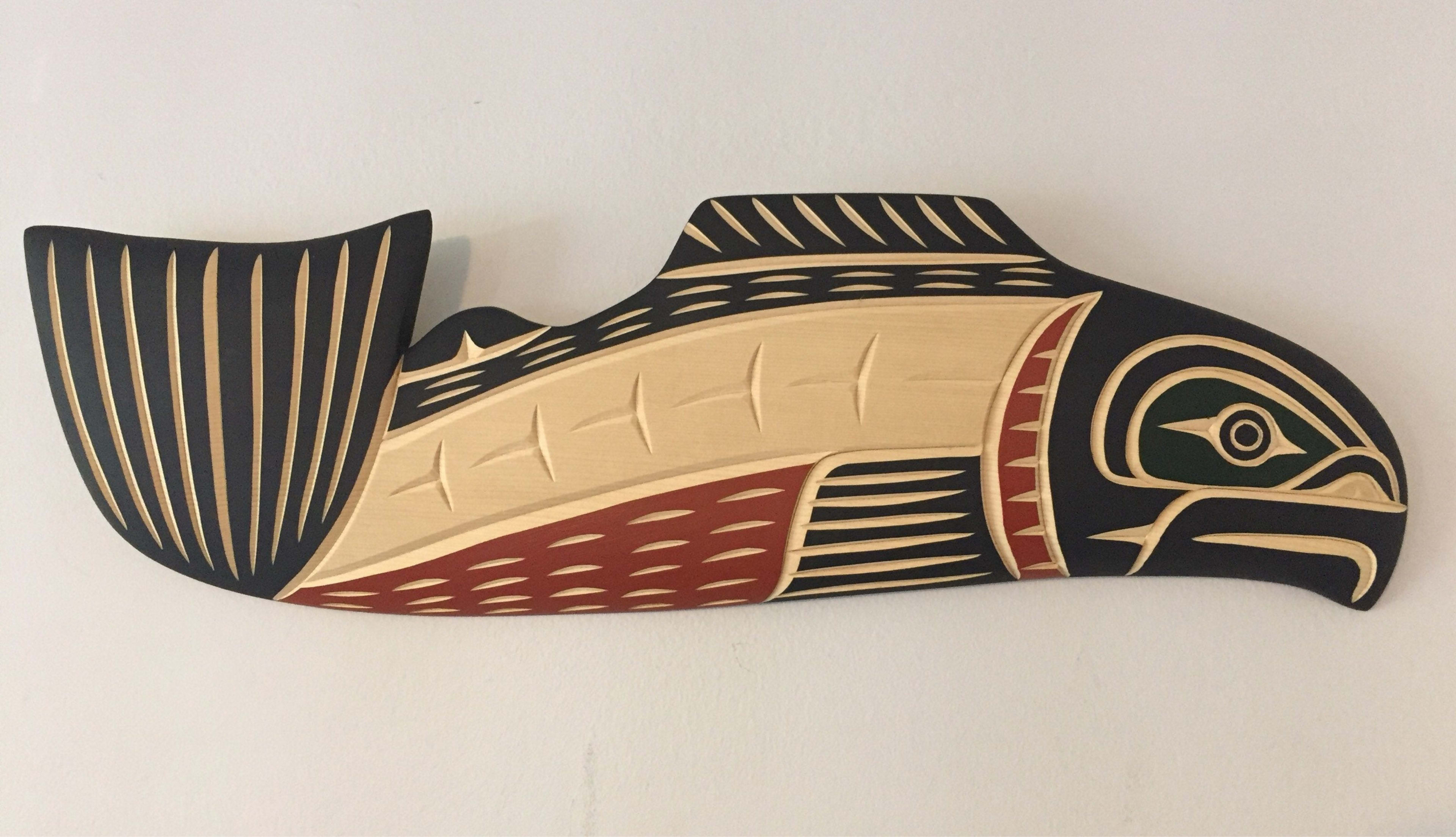B.C. Art Dealer Deceives Major Museums With Fake Indigenous Carvings
After raising suspicion from Indigenous artists, an art dealer from the Fraser Valley, B.C has confessed that he’s been deliberately deceiving buyers in Canada.
After raising suspicion from the Indigenous community, an art dealer from the Fraser Valley, B.C. has confessed that he’s been deliberately deceiving buyers in Canada and around the world for years.
Until recently, the gift shops at some of B.C.’s most renowned museums and art galleries have carried wood carvings by an artist named “Harvey John,” who, according to an accompanying biography, was Nuu-Chah-Nulth from Vancouver Island and learned traditional Northwest Coast formline carving from an uncle. Some of these carvings have sold for hundreds to thousands of dollars a piece. However, Harvey John does not exist, and the person who made these carvings does not come from an Indigenous background, according to a report by the CBC’s Bethany Lindsay.
“It’s really troubling, just in the sense that someone would project such a false identity,” Curtis Collins, director and chief curator of Whistler’s Audain Art Museum, told the CBC.
Audain, the Museum of Anthropology, and the Bill Reid Gallery in Vancouver have all stated that the Harvey John pieces from their shops have been removed and they have cut ties with the supplier. The museum’s shop has also informed people who have bought Harvey John’s work in the past about the fraud, and that will be refunded for their purchases.
“It has recently come to the attention of the Audain Art Museum (AAM) Shop that an individual who sold works under the assumed name of Harvey John has falsely claimed Indigenous ancestry. When notified of the situation the AAM Shop immediately severed ties with the supplier and this counterfeit Northwest Coast-style art has been permanently removed from the Shop’s inventory,” said the statement.
“We deal with everybody in good faith,” the Museum of Anthropology’s shop manager Sharon Haswell said to CBC. “We are expecting people to be truthful in their business dealings. Unfortunately, this was a scam.”
The art dealer responsible for the chicanery is Steve Hoffmann.
The Langley-based man confessed in a phone interview with CBC that he willfully misled people, and said he’s made financial restitution to shops that were deceived. “I’m sorry for it,” he said. “I’ve got a conscience.”
He explained the pieces are the work of one carver from in B.C., who also wrote the fake biography. Hoffman also mentioned that he initially believed the carver was Indigenous, but when he found out the truth, he decided to keep up the charade.
“One way to look at it is, I was helping somebody make a living,” Hoffmann said. “But another way to look at it was that it was a pseudonym. It was not accurate.” Hoffmann did not want to reveal the artist’s real name, explaining that, “I don’t want to be ratting out anybody.”
Selling fraudulent Indigenous art is illegal in the U.S. under the Indian Arts and Crafts Act, with penalties of up to five years in jail and a $250,000 fine for an individual—or up to $1 million for a company. Canada currently has no such law, though many have called for one.

